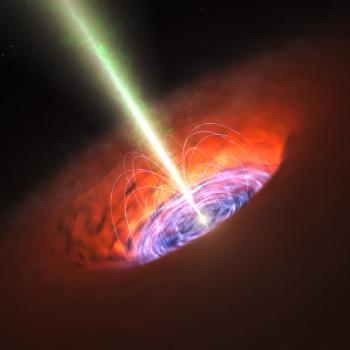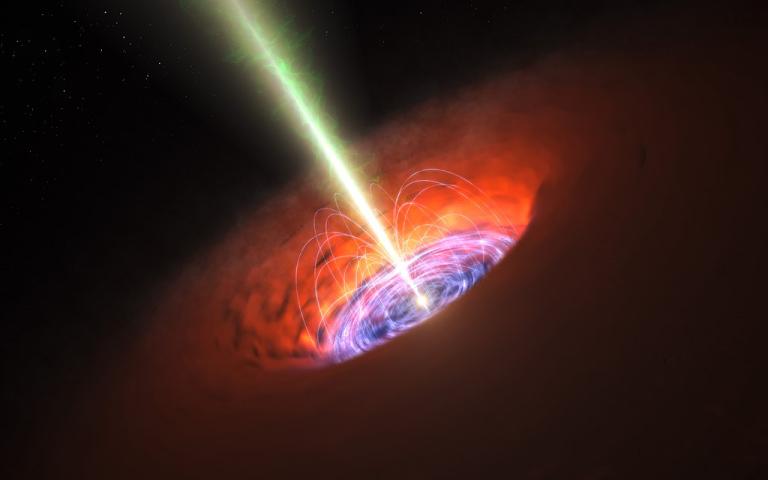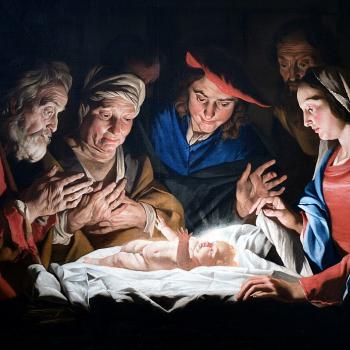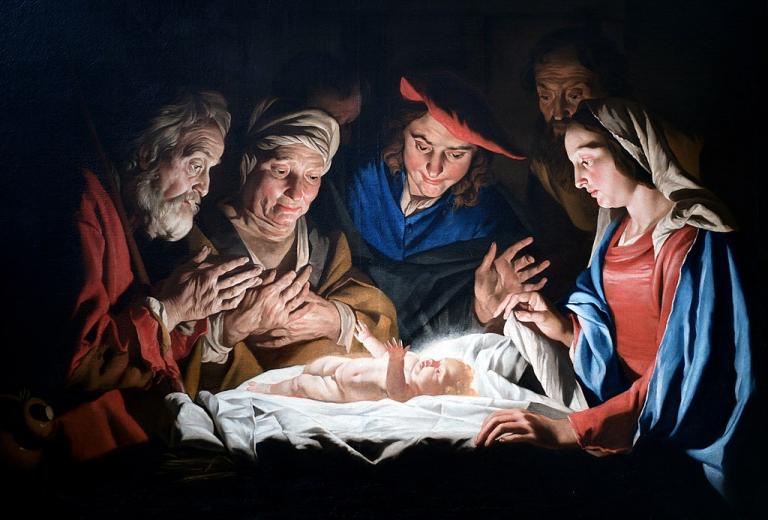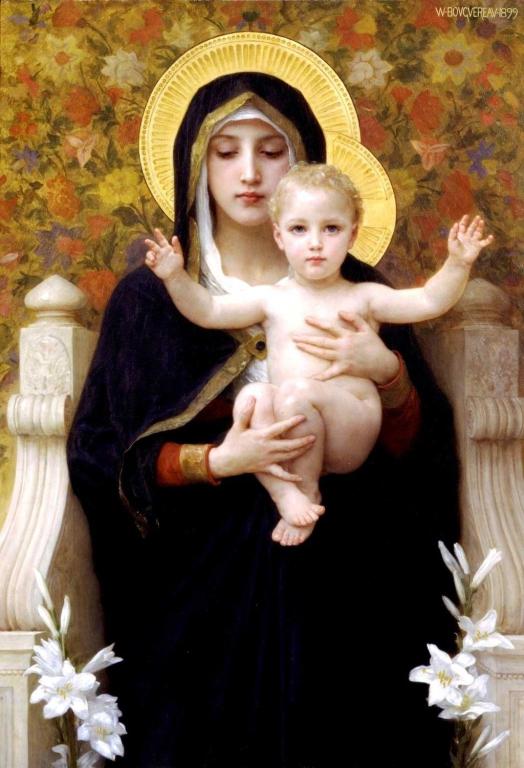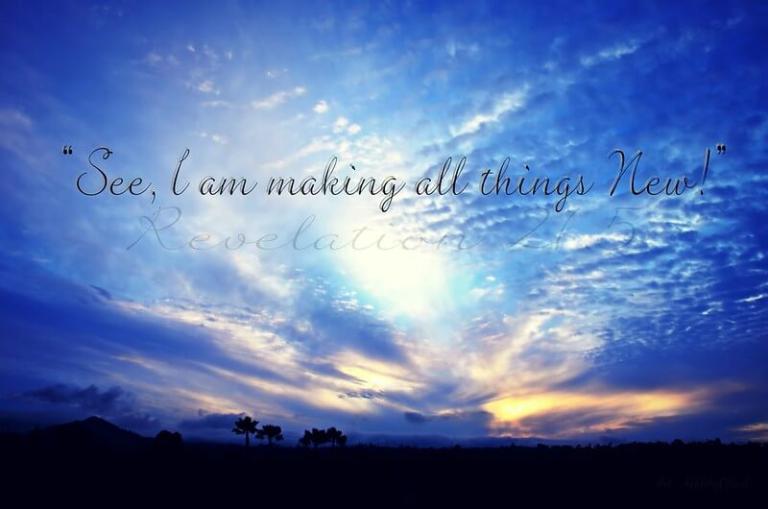I came across a new interview with the latest Razzouk who practices this profession, and he said something that struck me and started me thinking.
From Jovan Tripkovic in Religion Unplugged, This Family Has Tattooed Christian Pilgrims For 28 Generations:
Wassim Razzouk: We are a Coptic Christian family. We started the tattooing tradition back in Egypt, where we used to tattoo Christian Copts with a small cross on the wrist. That was the sign of their Christianity. It was used to mark Christians, so Christians can know and identify each other with this little cross. It was also used to enter churches, as a pass code. It was the ultimate sign of your Christianity because you had to prove you are a Christian to enter a church.
A Christian Egyptian looks and sounds just like a Muslim Egyptian. So the Coptic Christians marked themselves with a permanent, indelible tattoo of a cross to set themselves apart. That way, they could recognize each other, seeing who was a fellow Christian. This, as Razzouk says, became a pass code for who could enter a church, preventing militant Muslims from disrupting the services.
Which brings us to another side of this practice. The mark also identified the Copts for persecution. Even today, Copts are often targets for riots, beatings, arson, and even murders. These crimes are often overlooked by officials, who treat Coptic Christians as second class citizens. Egypt ranks #20 in the Open Doors list of the top 50 countries that persecute Christians, describing the level of persecution as “very high.”
How do the Muslim extremists know whom to persecute? They can tell who is a Copt and who is not by looking for the tattooed cross on their wrists.
The Copts could avoid a lot of trouble by simply dropping the tattoo custom. They could blend in with the rest of the population. No one would ever know. People would leave them alone. But they keep their mark as a public profession of their faith, even in the face of persecution.
Which got me thinking. . . What is the mark of a Christian?
In the Baptism rite in the Lutheran Service Book, we have this:
The pastor makes the sign of the holy cross upon the forehead and heart of each candidate while saying:
Name , receive the sign of the holy cross both upon your T forehead and upon your T heart to mark you as one redeemed by Christ the crucified.
So in our Baptism we are marked with the cross of Jesus Christ. This is what baptism does to us, even if we were baptized with a rite that doesn’t use the sign of the cross. But when the pastor or we ourselves make the sign of the cross, as the Lutheran Service Book often reminds us, this is a remembrance of our baptism.
In Advent we are supposed to meditate on the Second Coming of Jesus Christ. In the book of Revelation, we learn about the mark of the Beast placed on the right hand or forehead (chapters 13 & 14). We need to worry about receiving that mark. But we also read of the redeemed of the tribes of Israel receiving a “seal” on their foreheads that protects them from judgment (Revelation 7).
We know the “Marks of the Church“: According to the Augsburg Confession (Article VII), “The Church is the congregation of saints, in which the Gospel is rightly taught and the Sacraments are rightly administered.” Luther, in “On the Councils and the Church,” expands that description into seven “marks”: (1) Possession of God’s Word, (2) Baptism, (3) Holy Communion, (4) Office of the Keys (5) pastors (6) public worship, and (7) the possession of the holy cross, that is suffering. Yes, suffering–not prosperity–is a mark of the church.
Is there a public mark, so that non-believers can recognize who is a Christian, like the Coptic cross tattooed on the wrist? I found this:
A new commandment I give to you, that you love one another: just as I have loved you, you also are to love one another. By this all people will know that you are my disciples, if you have love for one another.” (John 13:34-35)
I fear that many of us, me included, fall short here. The ESV has a heading “Marks of the True Christian” for Romans 12:9-21, which lists behaviors that we should all follow (“abhor what is evil”; “bless those who persecute you”; “overcome evil with good”), though the Scripture does not use that term. Again, I don’t know if, by these standards, there is enough evidence to convict me of being a Christian.
In our beliefs and moral convictions we certainly are different from our secularist neighbors, and they know it. Our rejection of extra-marital sex, homosexuality, transgenderism, and the like is certainly marking us today in the eyes of the world. Those differences may intensify, to the point of persecution.
And yet, in most ways, we are not all that different from non-Christians. We should be, and in some cases are. But we remain sinners. What sets us apart, ultimately, is faith in Christ and His work on our behalf. That is, the mark of the cross.
(For more about the Copts, the dropping of the charge of heresy against them, and their similarity to Lutherans when it comes to Christology, see
this and
this.)




